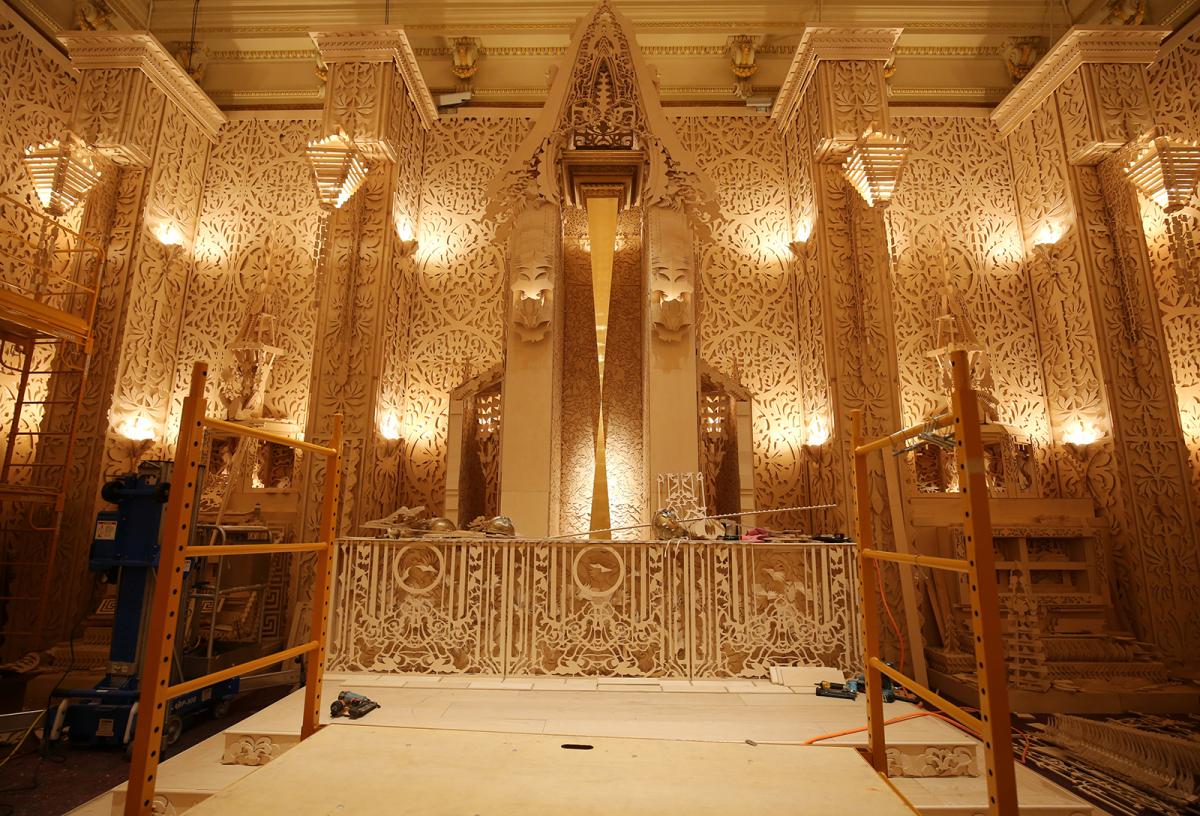No Spectators: The Art of Burning Man, opens on Friday, March 30, and features large-scale installations--the artistic hallmark of Burning Man--at the core of the exhibition. These include a temple designed for the Renwick's Grand Salon by David Best, well known for his large-scale temples at Burning Man's annual gathering in Nevada's Black Rock Desert. In a recent interview with the museum, he told us that there aren't many places for people to reflect on loss. In the artist's words, the Temple is, "a non-demoninational place where someone can go to be forgiven or to seek forgiveness or to seek solitude from grief."
Learn more about the artists and artworks featured in the exhibition: No Spectators: The Art of Burning Man.
Related blog posts: Who Wore it Better? Burning Man Dresses up the Renwick, Sneak Peek: Burning Man Unfolds at the Renwick, Here Be Dragons, Feel the Burn: the Art of Burning Man Comes to the Renwick in March





















